Biological Museum in Chinese university
Dali University in Yunnan, China, hosts a variety of local specimens and models of rich organisms and plants.
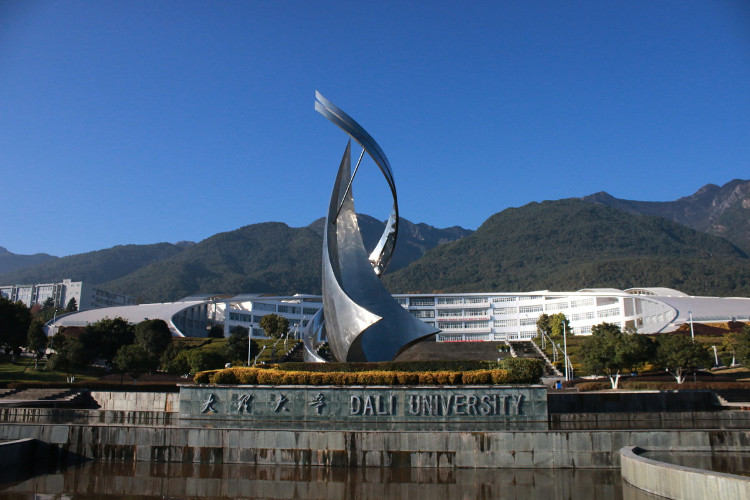
The Museum of Biological Sciences at Dali University in Yunnan, China has a total area of 1700m 2 , including 9 galleries, displaying over 2,000 specimens of collected organisms and plants over the past 30 years at Lake Nhi Hai, Thuong Mountain and northwestern Yunnan.

The Yunnan dinosaur skeleton was discovered in 1939 and completely excavated in 1942. This species lived about 200 million years ago in what is now Yunnan province, China.They are herbivorous dinosaurs, usually about 2m high.
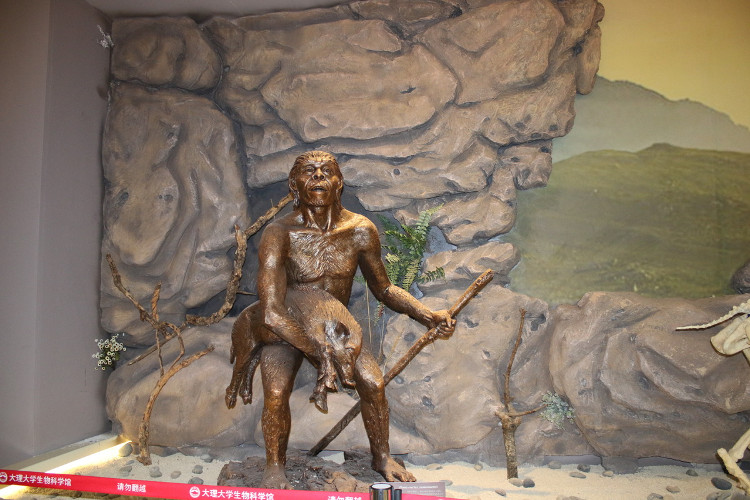
The Nguyen Muu people lived about 1.7 million years ago with the main activities being hunting and gathering.The two incisors of the Nguyen Muu people were discovered in Nguyen Muu district, Yunnan province, in 1965.
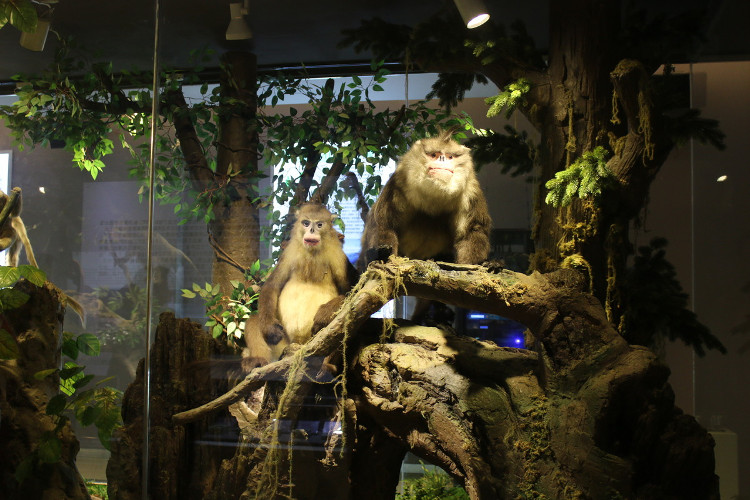
Black-faced snub-nosed monkeys live mainly in coniferous forests on high mountains in northwestern Yunnan and neighboring areas in Tibet.They are endangered animals, there are less than 1,700 individuals in the world.They usually live in groups of 20-60 individuals.
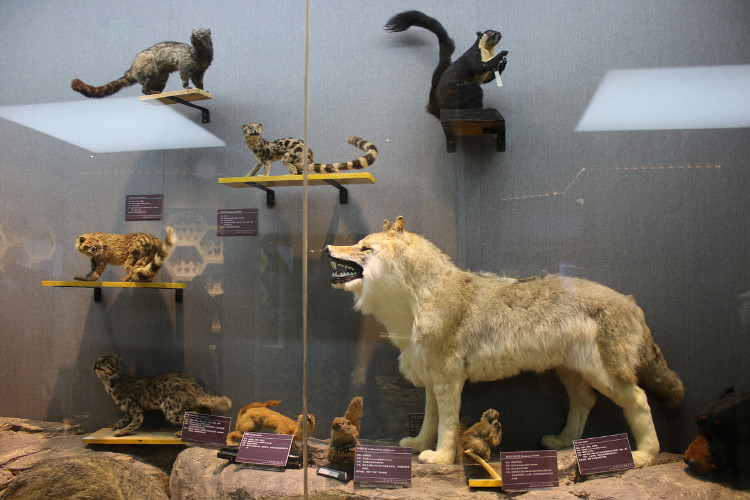
Gray wolf and small animals live in Yunnan.
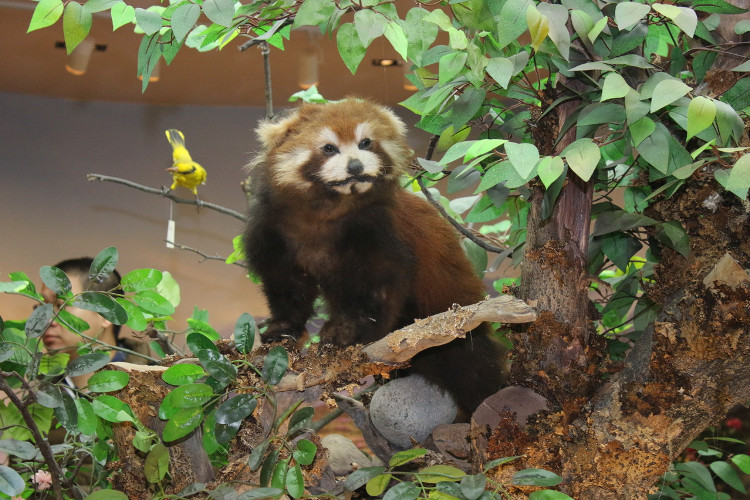
Red pandas often eat bamboo leaves, and also eat eggs, birds and insects.They are single animals, often active during dusk to dawn.

Fish species live in the Lake of Turkey . This is a high mountain lake in Yunnan, shaped like an ear, an area of about 250 km 2 , is an important source of food for local people.

Chinese sturgeon usually live in Japan, the Korean peninsula and China.This species is increasingly rare due to loss of habitat and indiscriminate fishing.Beijing has set up several programs to preserve this species.

Birds that live in the area.

Sample of plants on display in the museum.

Plant simulation at Thuong mountain , the mountain in the west of Ly Ly has a peak of 4,122m.Dai Ly University is located at the foot of Mount Shang, founded in 2001, has more than 17,000 students.The school is trained in education, management, economics, law, philosophy, literature, science, engineering, medicine, agriculture and the arts.
- Museum 800m2 on top of Chinese cliffs
- 7 most horror museums in the world
- Strange feeling in the dark night at the museum
- Learn about the Louvre museum
- Application for people with biological clock disturbance
- Changing the biological clock can cause memory loss
- Promotion of the construction of the country's first science museum
- Admire the dinosaur museum in China
- Close up of many rare and ancient Han-Chinese scripts in people's houses in Ha Tinh
- The new biological printing method helps create tissue containing vascular networks
- Detecting the biological clock 'adjustment button' of the human body
- The world's most horrifying corpse museum in Mexico
 Norway built the world's tallest wooden tower
Norway built the world's tallest wooden tower Kremlin
Kremlin Ashurbanipal: The oldest royal library in the world
Ashurbanipal: The oldest royal library in the world Decoding the thousand-year construction of Qin Shihuang shocked the world
Decoding the thousand-year construction of Qin Shihuang shocked the world